So you’ve crashed and lost your drone eh? It happens to the best of us! Perhaps you underestimated the wind speeds when flying back home or you got disoriented when flying around while the battery level relentlessly kept dropping towards zero percent. Not to worry, finding and recovering your drone doesn’t always have to be difficult. In this new blog, I will share a few tips and tricks you could use when recovering a lost drone. Scroll further down the article to find out what you can do.
A little disclaimer: this article is focused on DJI drones only. Other drones may not have the same functionality mentioned in this blog.
In the next few months, I will be sharing short little blogs such as this one with easy tips which most photographers are perhaps unaware of. If you find them useful, make sure to let me know in the comments!

Losing your drone after an unfortunate emergency landing can happen to the best of us but fortunately, there are easy ways to find your drone!
Finding The Last Known GPS Coordinates
One of the handiest features on DJI drones is that the remote controller always locally registers the GPS coordinates of the drone. This means that when you lose connection to the drone, the drone gets lost or it crashes somewhere, you will always know where exactly it was last. Whether you are using your smartphone or a dedicated remote controller, it is easy to find those coordinates in the DJI Fly app.
Here is how you can get the last known GPS coordinates:
- Open the DJI Fly app.
- In the main menu, press the Profile button at the bottom center.
- Press ‘Find My Drone’ in the menu on the righthand side.
- At the bottom left, you will see the last recorded location of your drone.
- If you are using a smartphone connected to your controller, you can press ‘Use Other Maps’ to open the coordinates in another navigation application such as Apple Maps or Google Maps to make your search easier.
Another helpful feature, which can be found in the same menu, is the ‘Start Flashing and Beeping‘ button which will make the LED’s on your drone flicker while also emitting a loud beeping sound.
Finally, it is vital to leave your controller switched on when looking for your drone as it could regain the connection if it still has battery left. This goes whether you are using a dedicated controller or your smartphone connected to a controller.
The Best Tip: Avoid Losing Your Drone! But How?
I know, it’s easy to say afterwards! But, after explaining how you could trace back your lost drone, I believe it’s good to look at what you can do to avoid losing it a second time (or third or fourth or …). Below are a few tips and tricks that I find extremely important to help avoid losing your drone.
- Make sure the AR Home Point (Augmented Reality Home Point) is enabled in the settings. This will allow you to see where your home point is on the screen by marking it with a big yellow H. If you can’t see this functionality, make sure your drone is up-to-date with the latest firmware. On newer drones, the AR Home Point functionality is enabled by default.
- When you are flying your drone, always keep an eye on any possible obstacles that may prevent you from fetching your drone in case of an unexpected emergency landing, for example due to a depleted battery. By this I mean that you should not necessarily fly back the shortest way but the route that makes sure you do not have to cross any difficult obstacles such as rivers, cliffs, … when retrieving your drone in case it has to land away from your home point.
- When possible, avoid having to fly back to your home point against the wind. While DJI drones have gotten better at estimating when you should return home to avoid not getting back at all, it’s not perfect. Especially in heavy, or unexpected, head winds it can still make wrong estimations.
- But what if your only option is to fly back into the wind? Before leaving your home point, try to fly away from your position by flying into the wind. This way you will know how fast you can fly back with headwind but also how well (or perhaps not well) your drone will handle that head wind. This way, you go in prepared and won’t be caught by an unpleasant surprise when trying to return back to your home point.
- Finally, and most importantly, you should understand and know your drone’s capabilities. Knowing when not to fly is an extremely important skill!
DISCOUNT
The Drone Photography Masterclass
Nigel Danson & Jeroen Van Nieuwenhove‘s complete drone masterclass will explore everything you need to know to start creating the best aerial photographs using any type of drone in 50+ detailed videos. Whether you are a complete beginner or an advanced drone pilot, this video course contains a vast amount of information to level up your drone photography skills.
Learn Drone Photography
Want to learn how to get the best results with your newly purchased drone? I wrote the most comprehensive guide available on drone photography which teaches you a technique to get the DSLR-like results out of even the cheapest drones.
In 125 detailed pages I explore everything you need to know to start creating the best photographs using any type of drone. Whether you are a complete beginner or an advanced drone pilot, this e-book contains a vast amount of information to level up your drone photography skills.
What to Expect?
- A 125-page educational PDF about nature drone photography with very detailed explanations
- Which drone to get for photography and why
- Important settings and configuration options
- A list of useful skills & tips
- A list of useful accessories and what not to buy at all
- How to research locations for drone photography
- How to compose with a drone and insight into Jeroen’s thought process with plenty of examples
- Thoughtfully planning ahead for your drone shoot
- The how and why of creating bracketed images
- The how and why of shooting HDR panoramas
- What challenges you might face and how to deal with them
- Common mistakes & how to deal with them
- How to stitch your panoramas together
Use EBOOK20 to get 20% off your Nature Drone Photography (E-Book) purchase!
Support Jeroen’s Work
As an independent photographer, Jeroen partially relies on your support to keep producing worthwhile content such as blogs, photographs, books and much more. If you want to support his work, it is possible to do so by buying his e-books & books, prints or calendars.
You can also sign up to the newsletter to stay up to date on new blog posts, projects, workshops and other interesting information.
Thank you for considering!

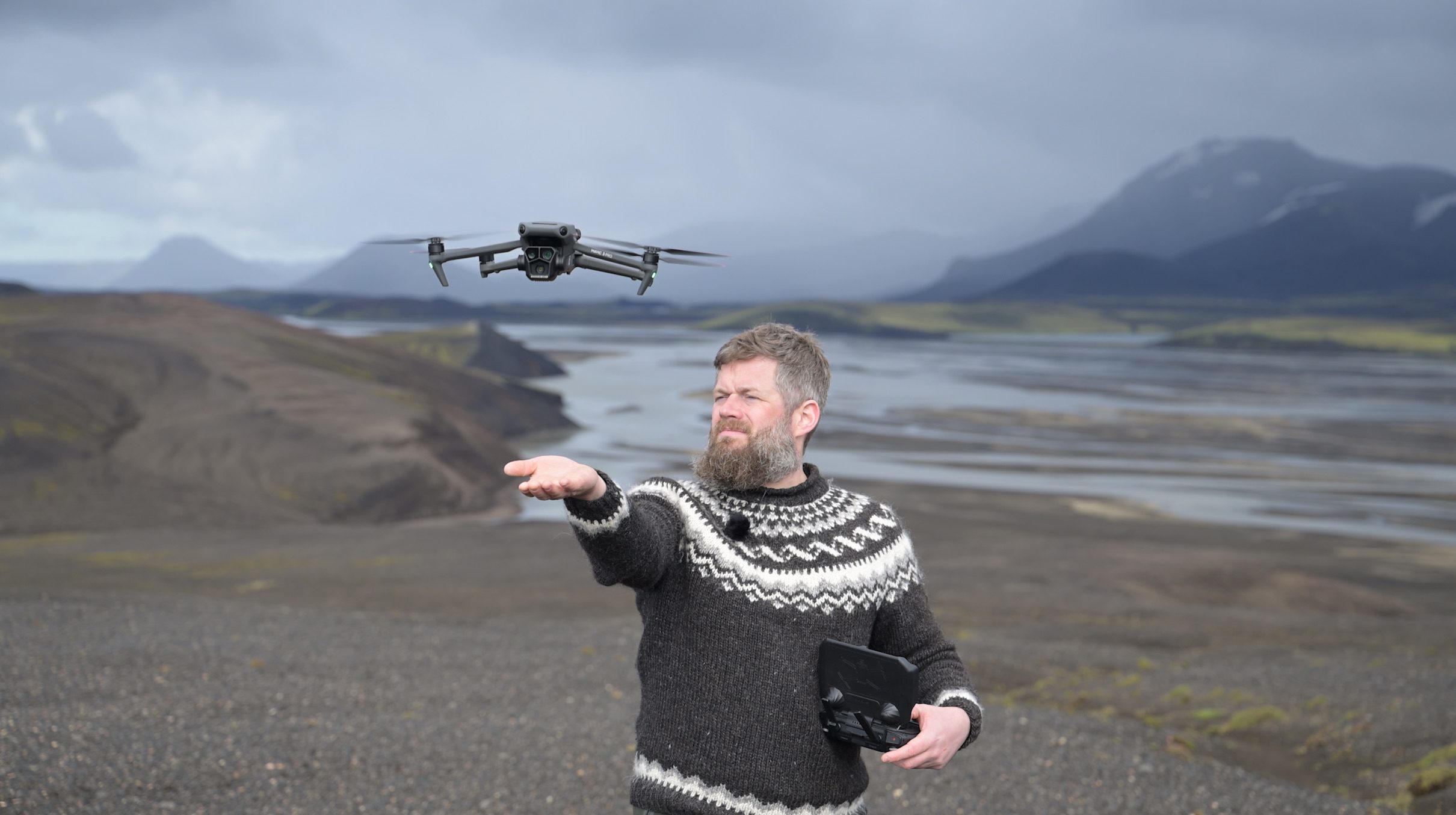




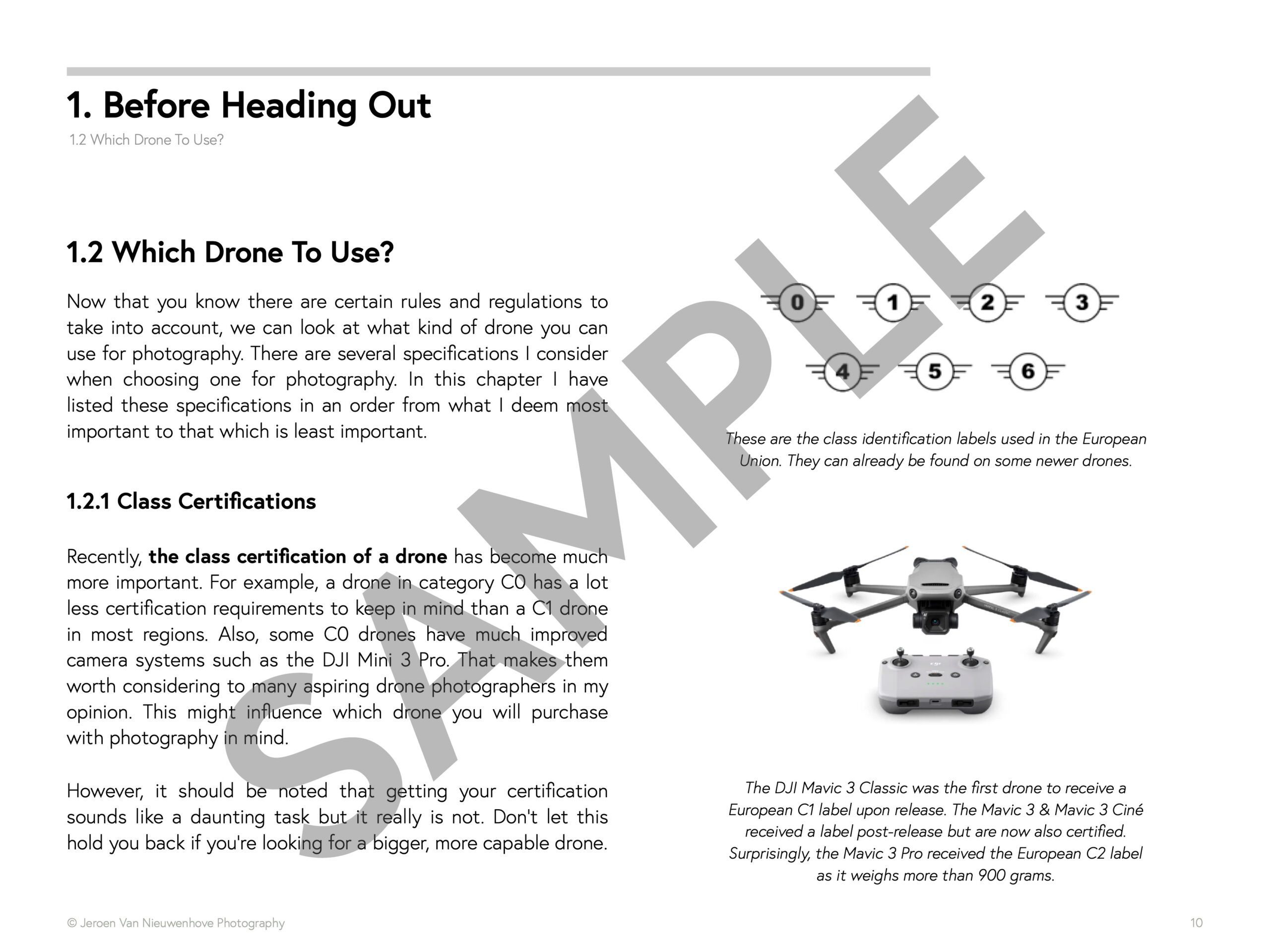
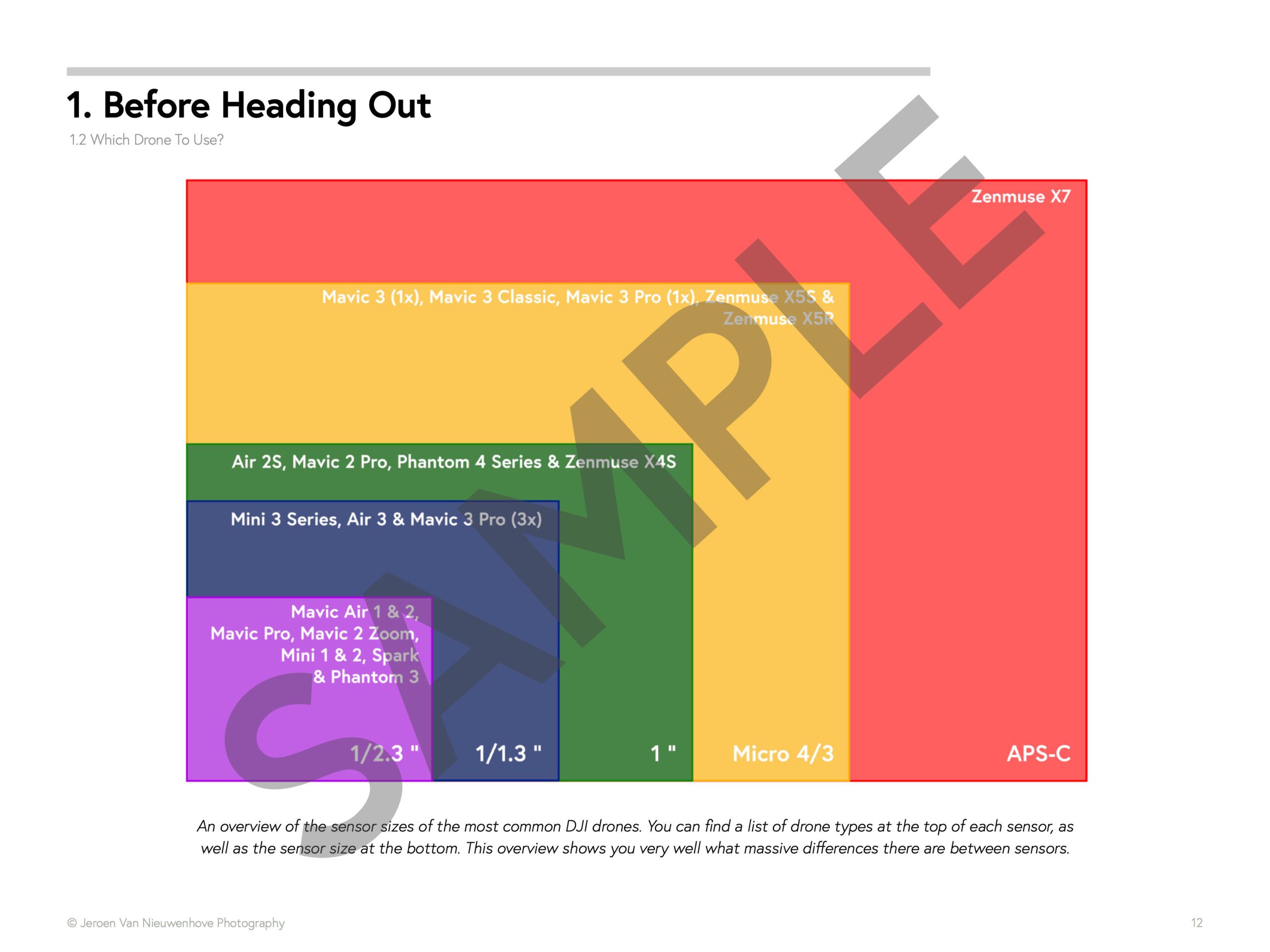
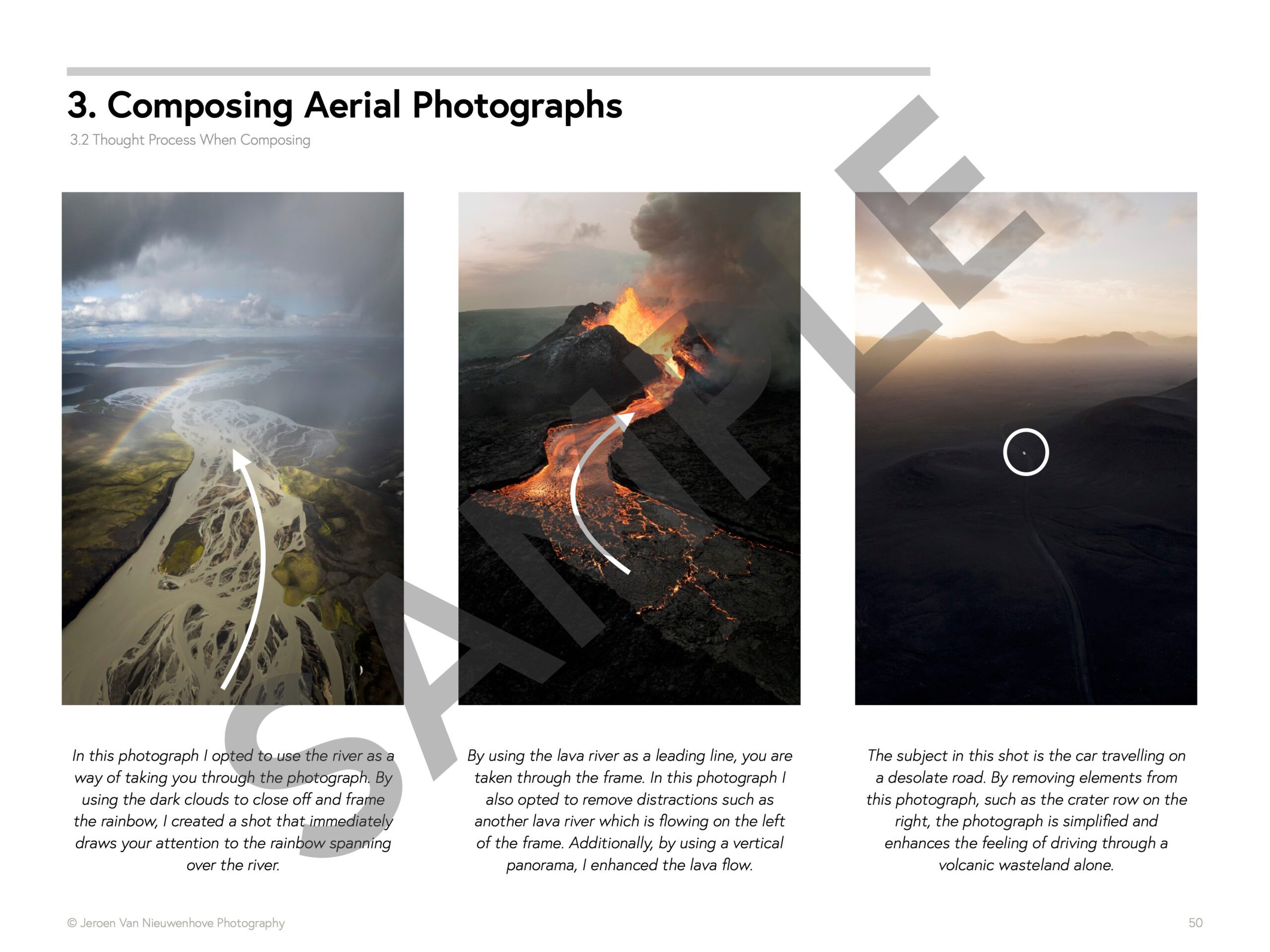
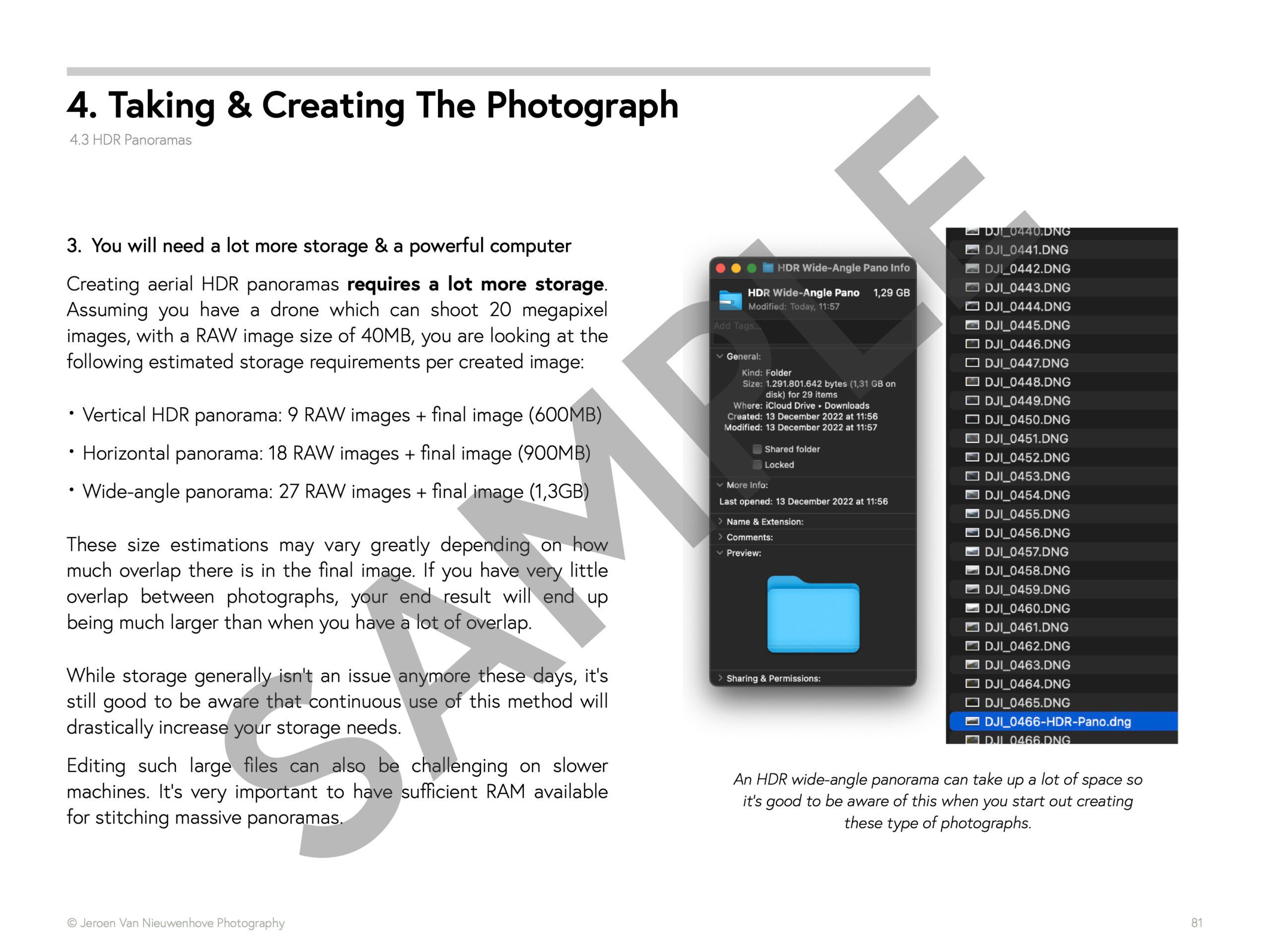
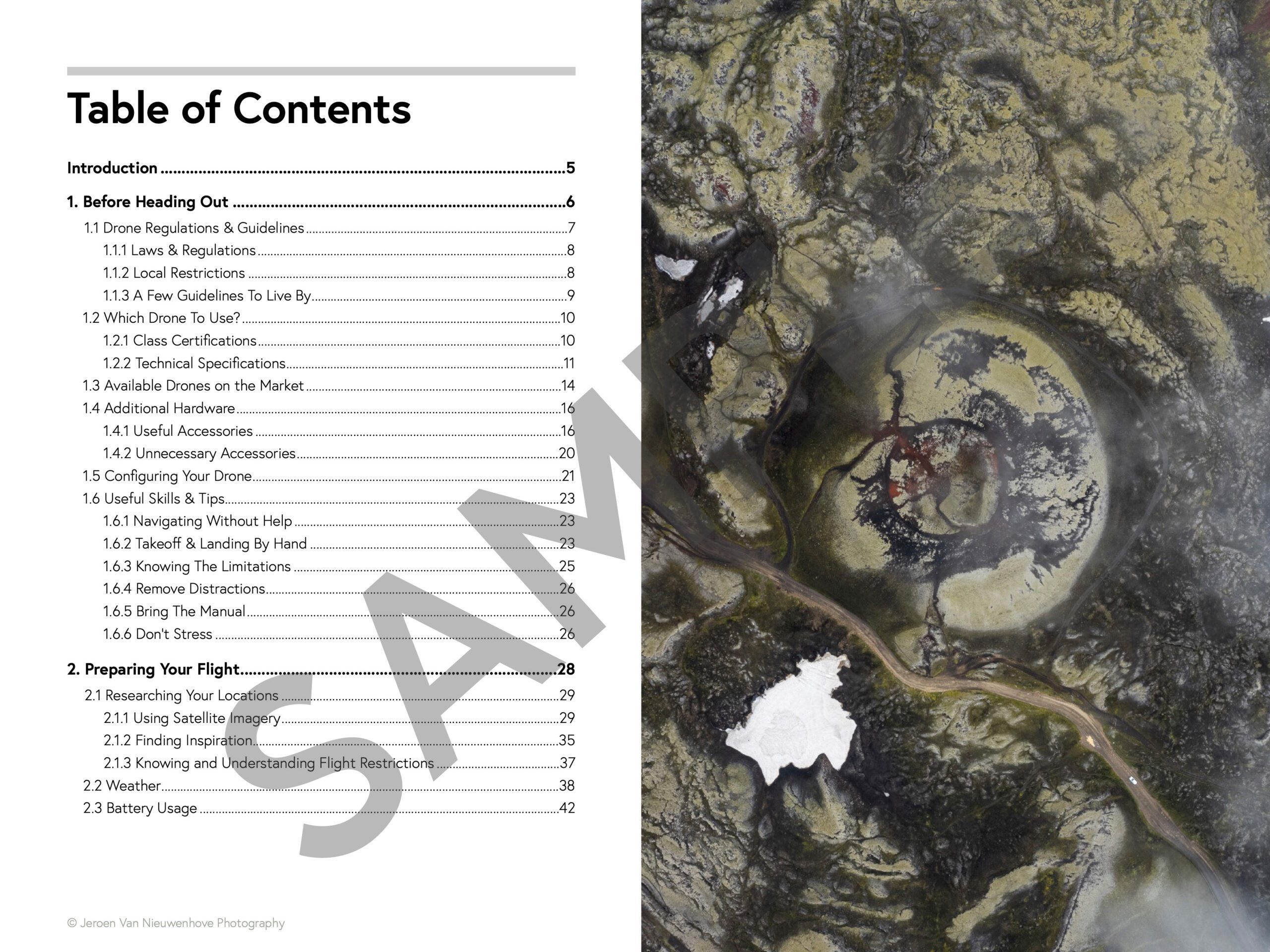
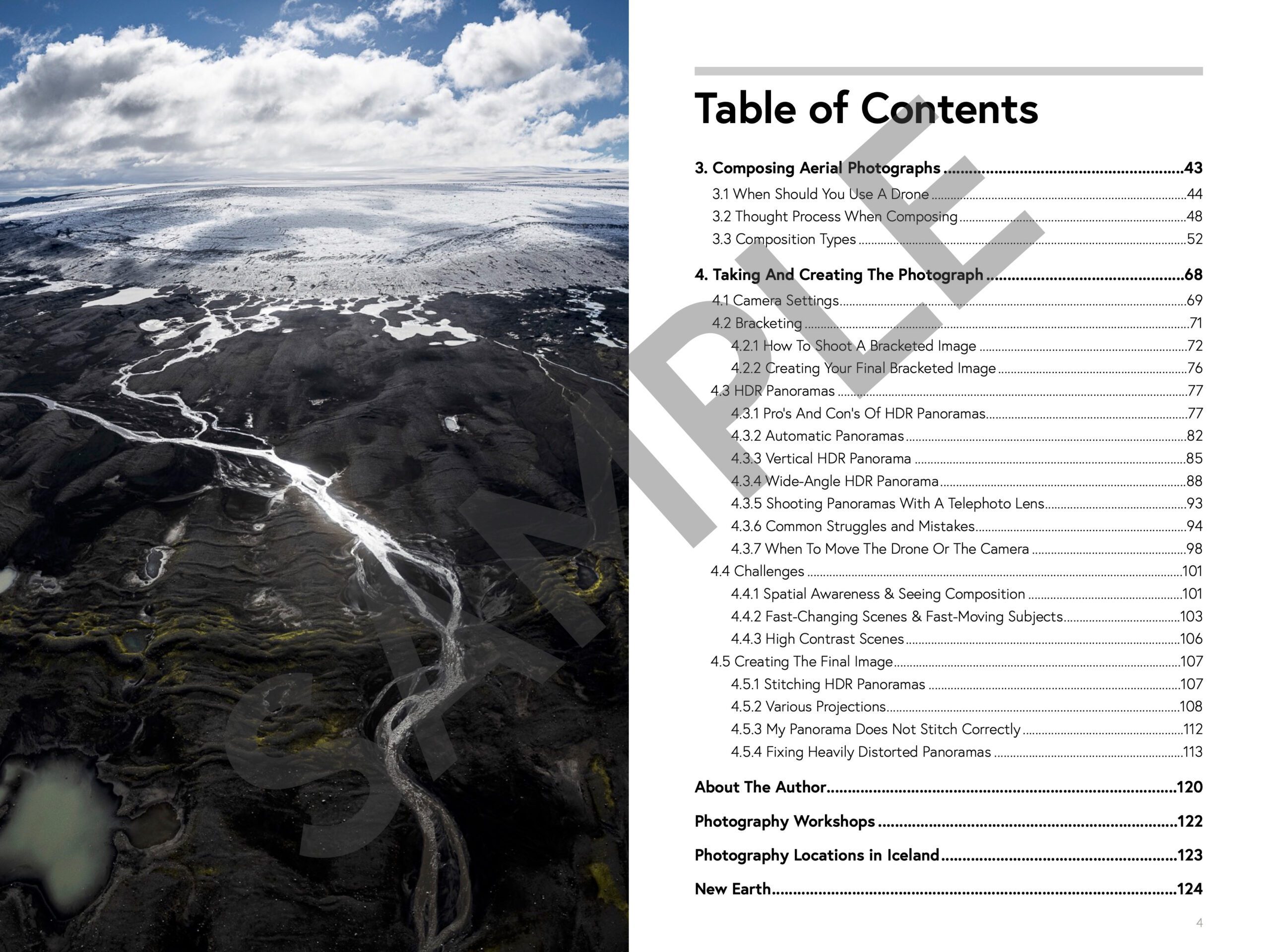

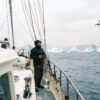
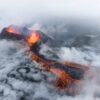

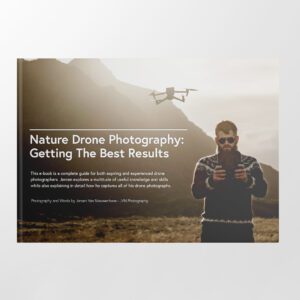
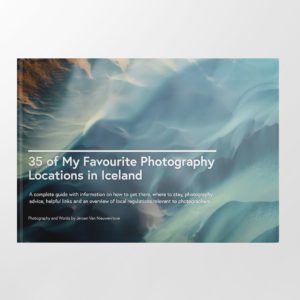

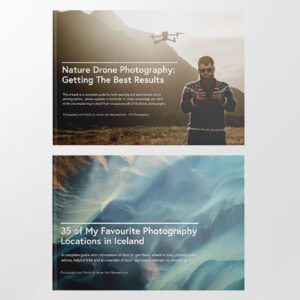
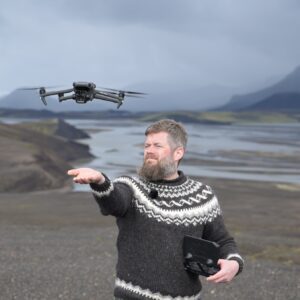

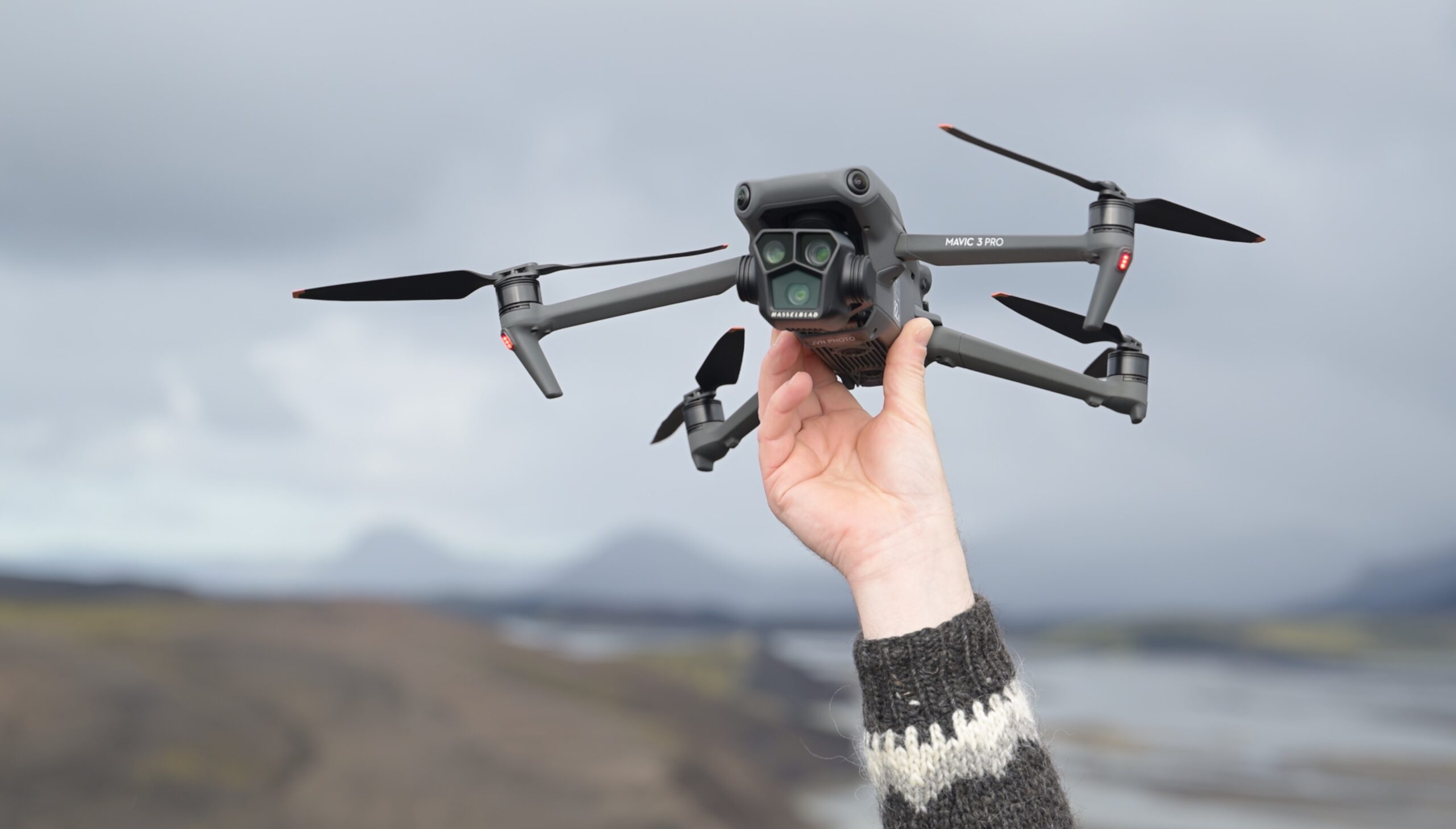
Jeroen, Great work, and thanks for all the info you share.
Useful reminders Jeroen, thank you!